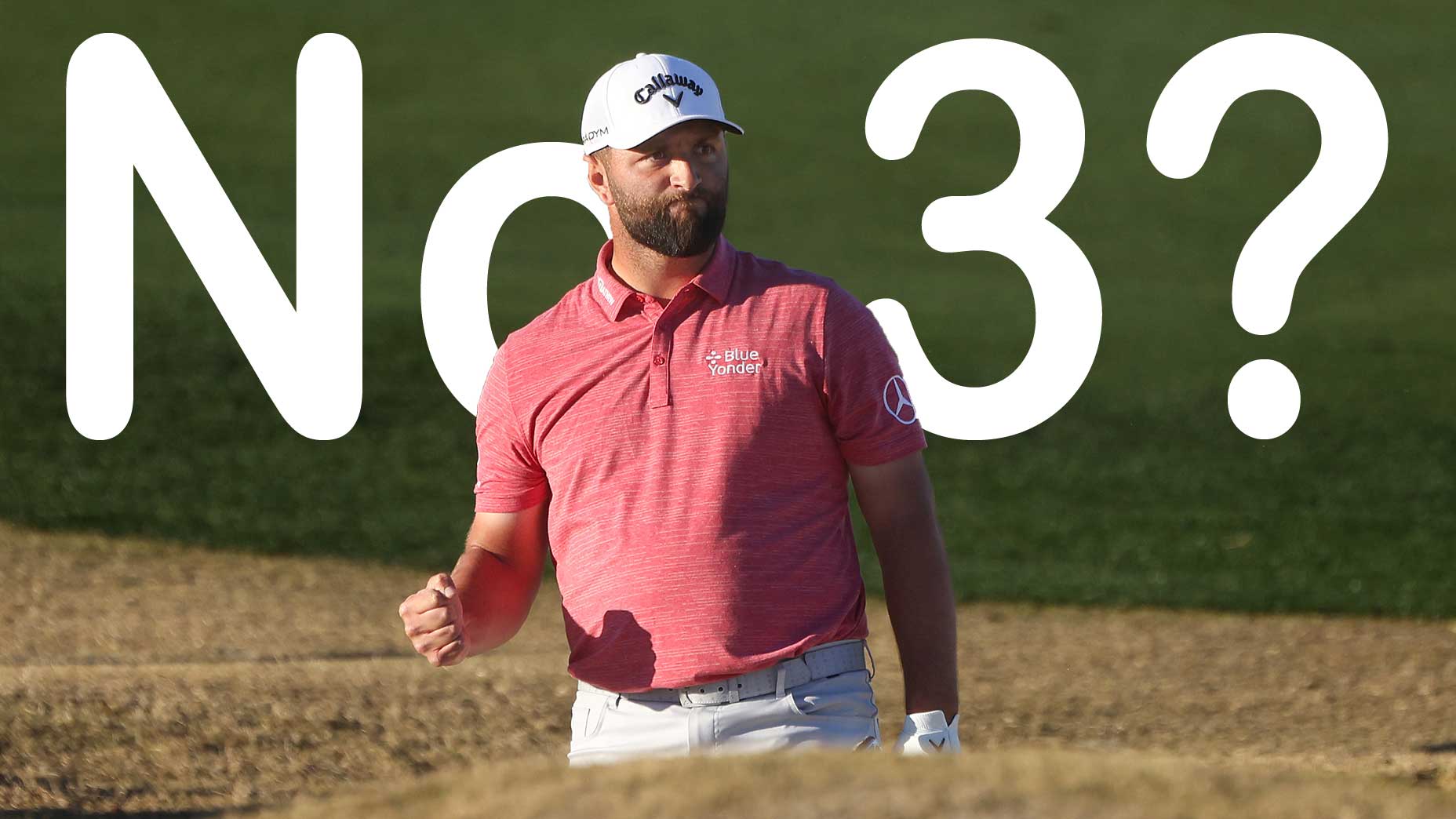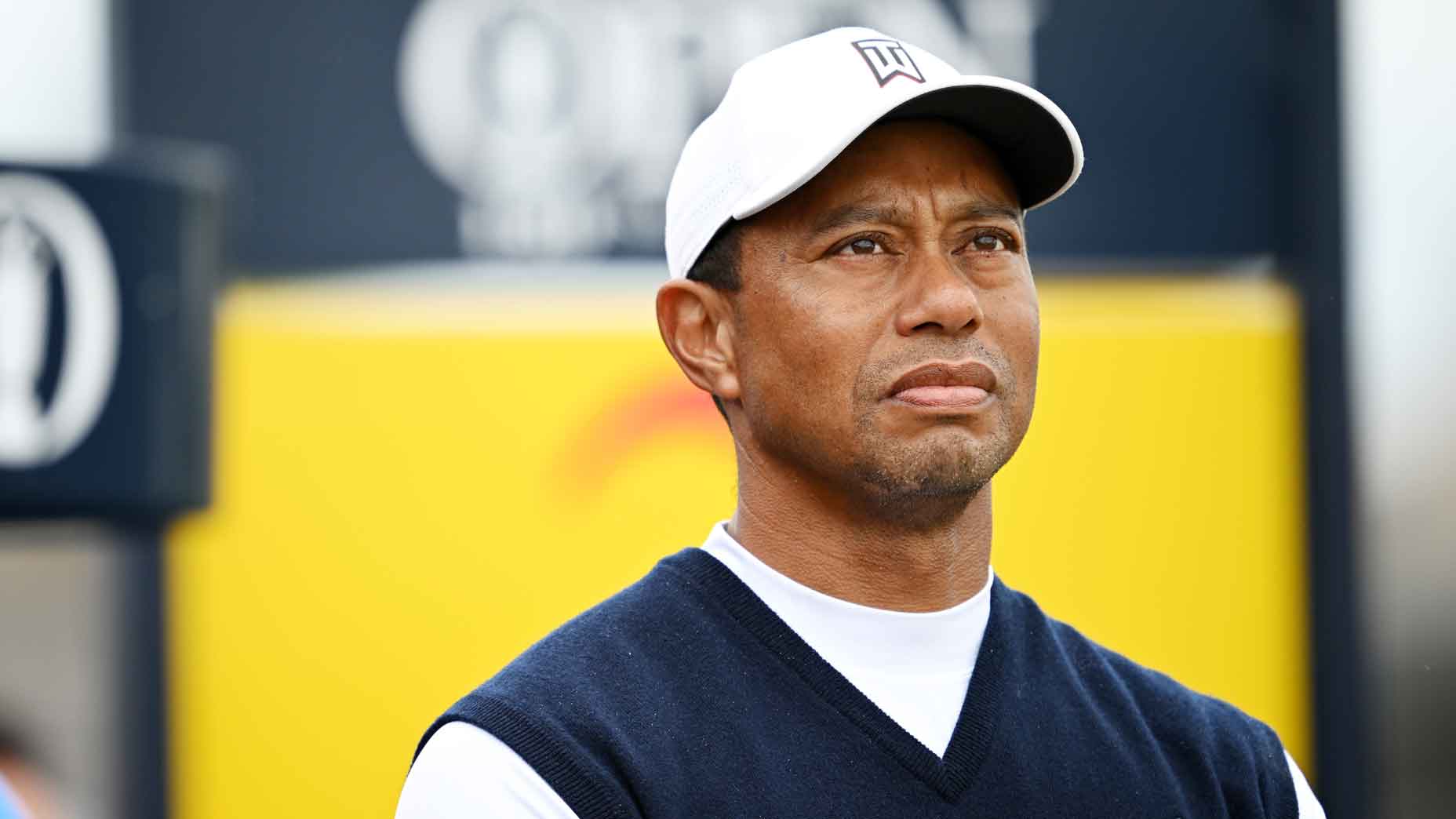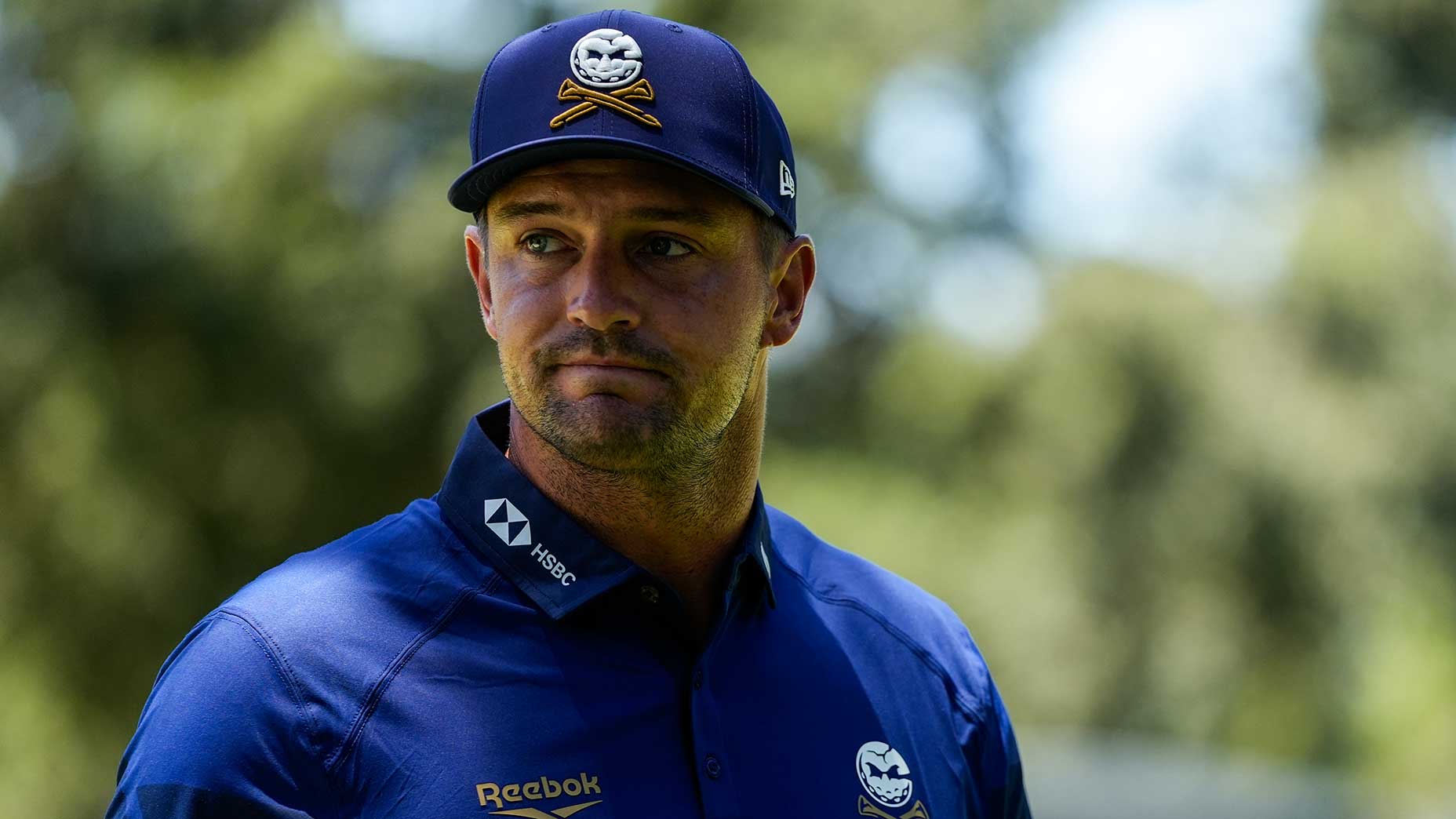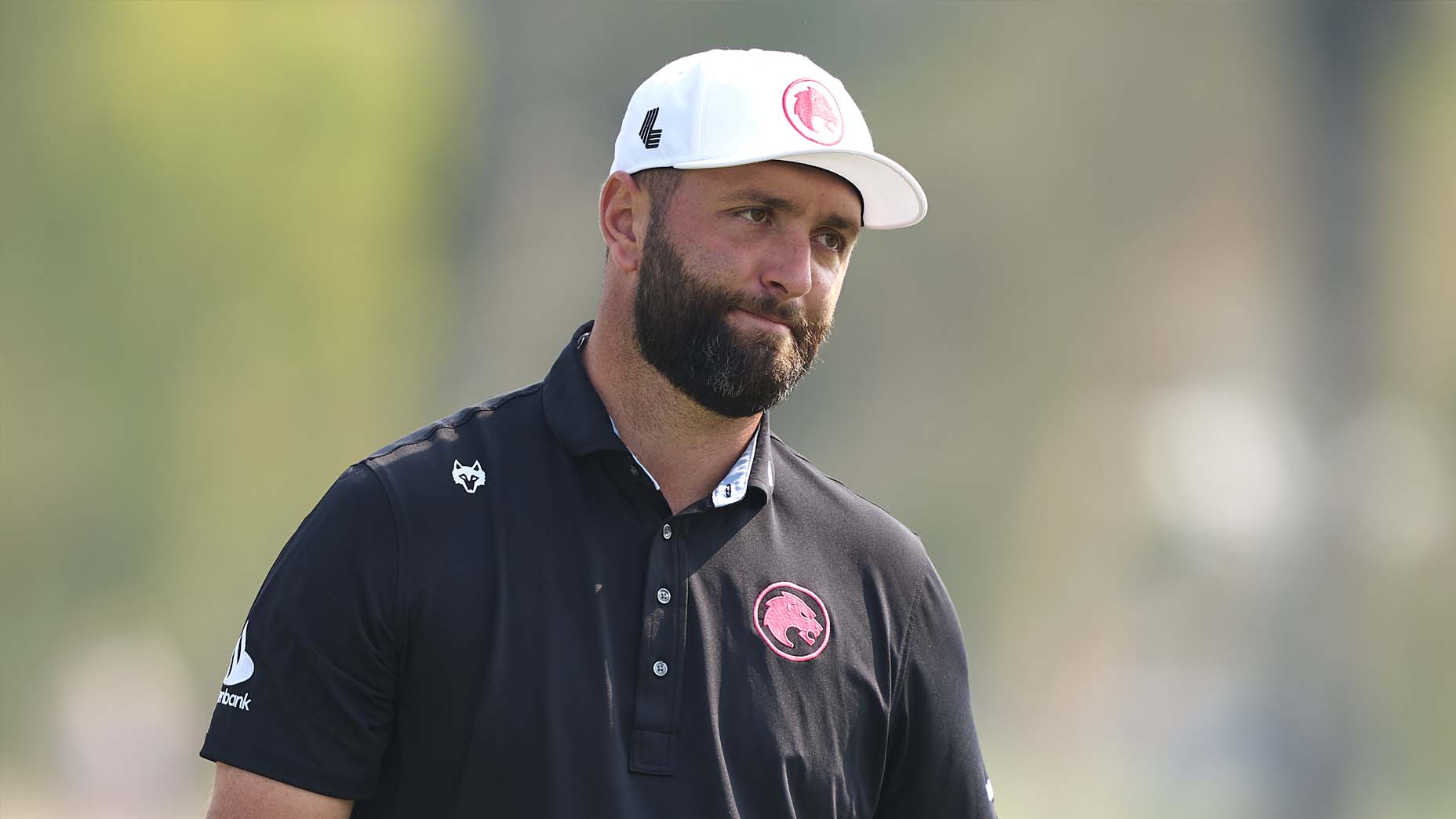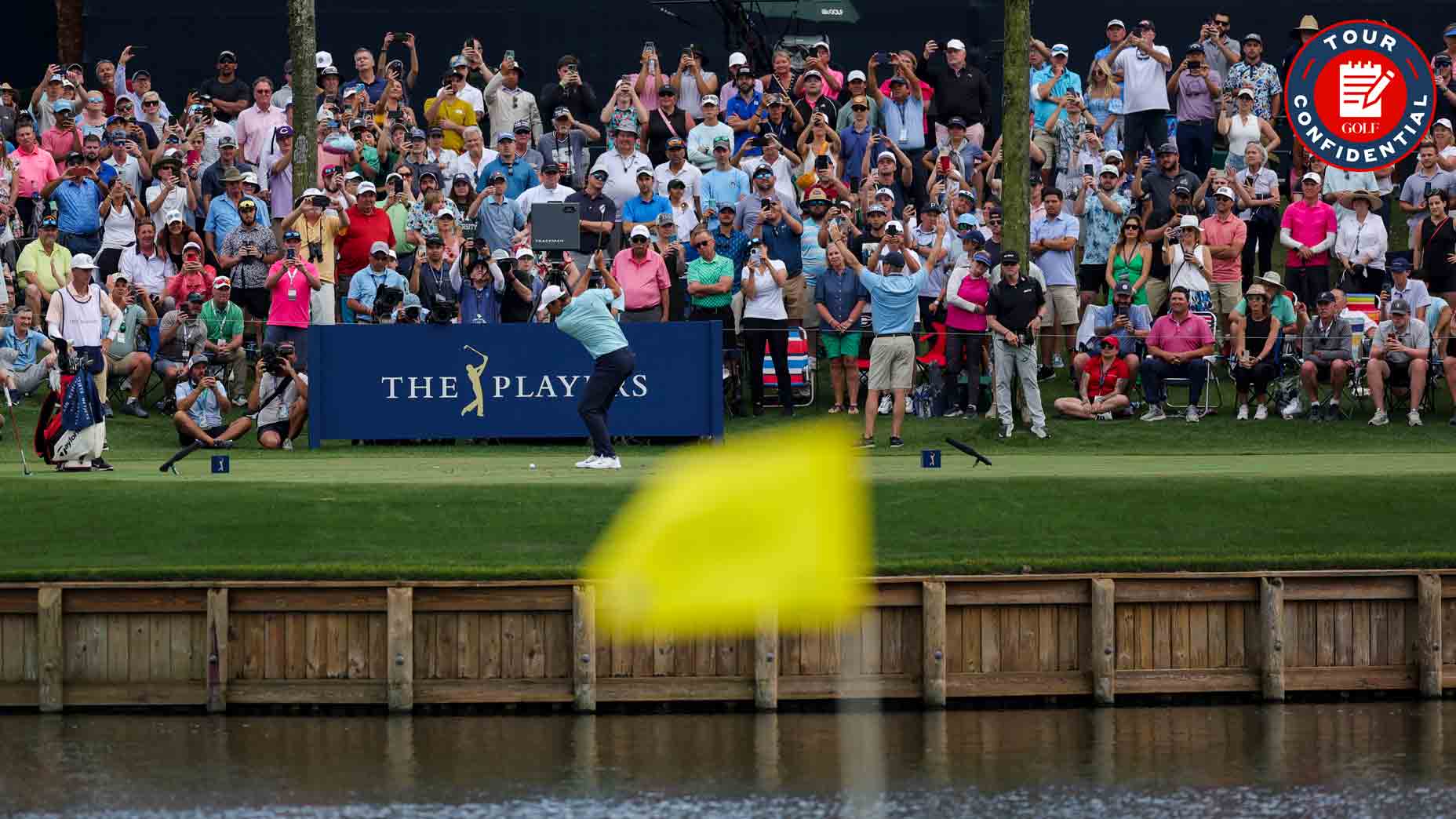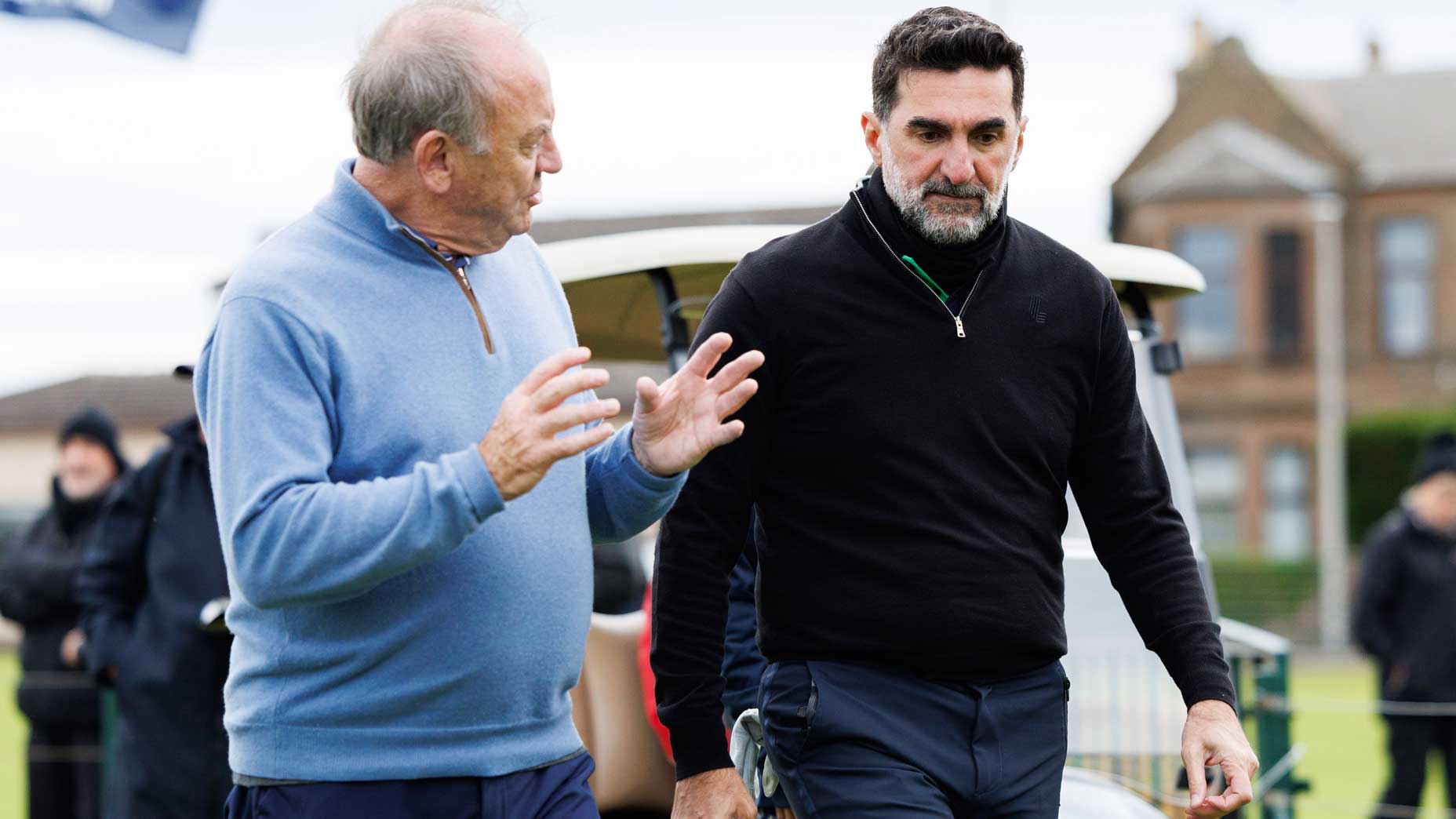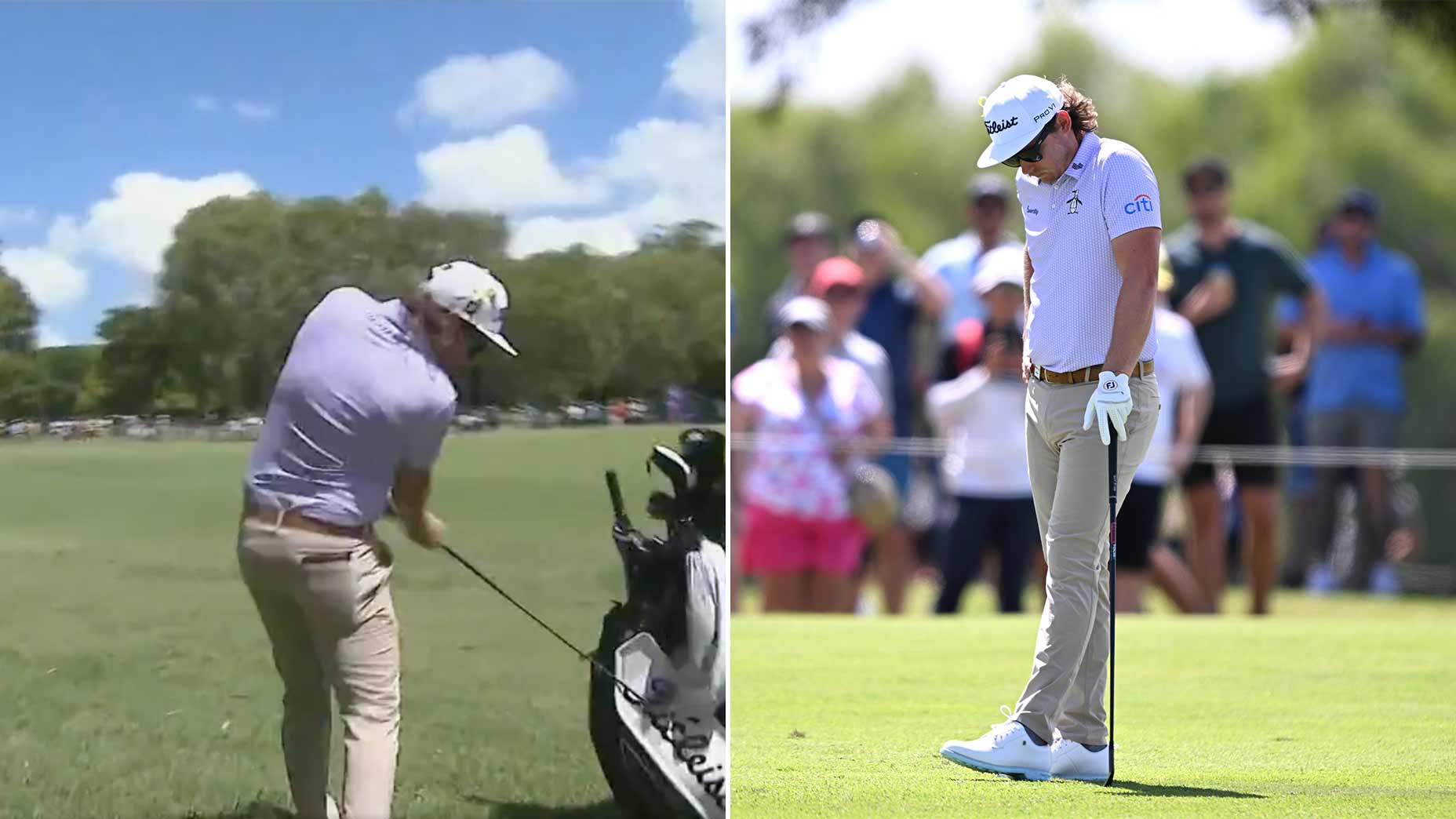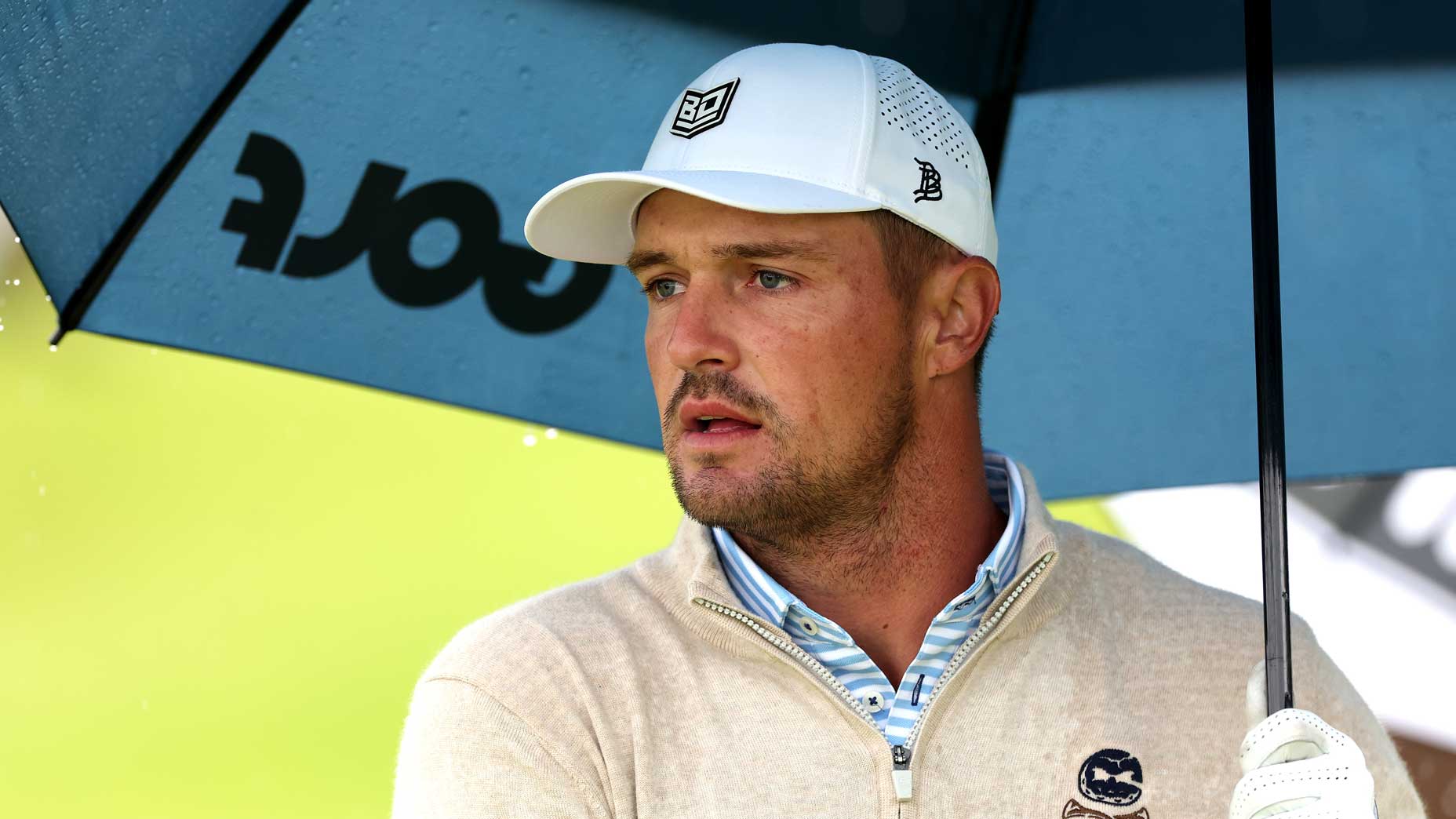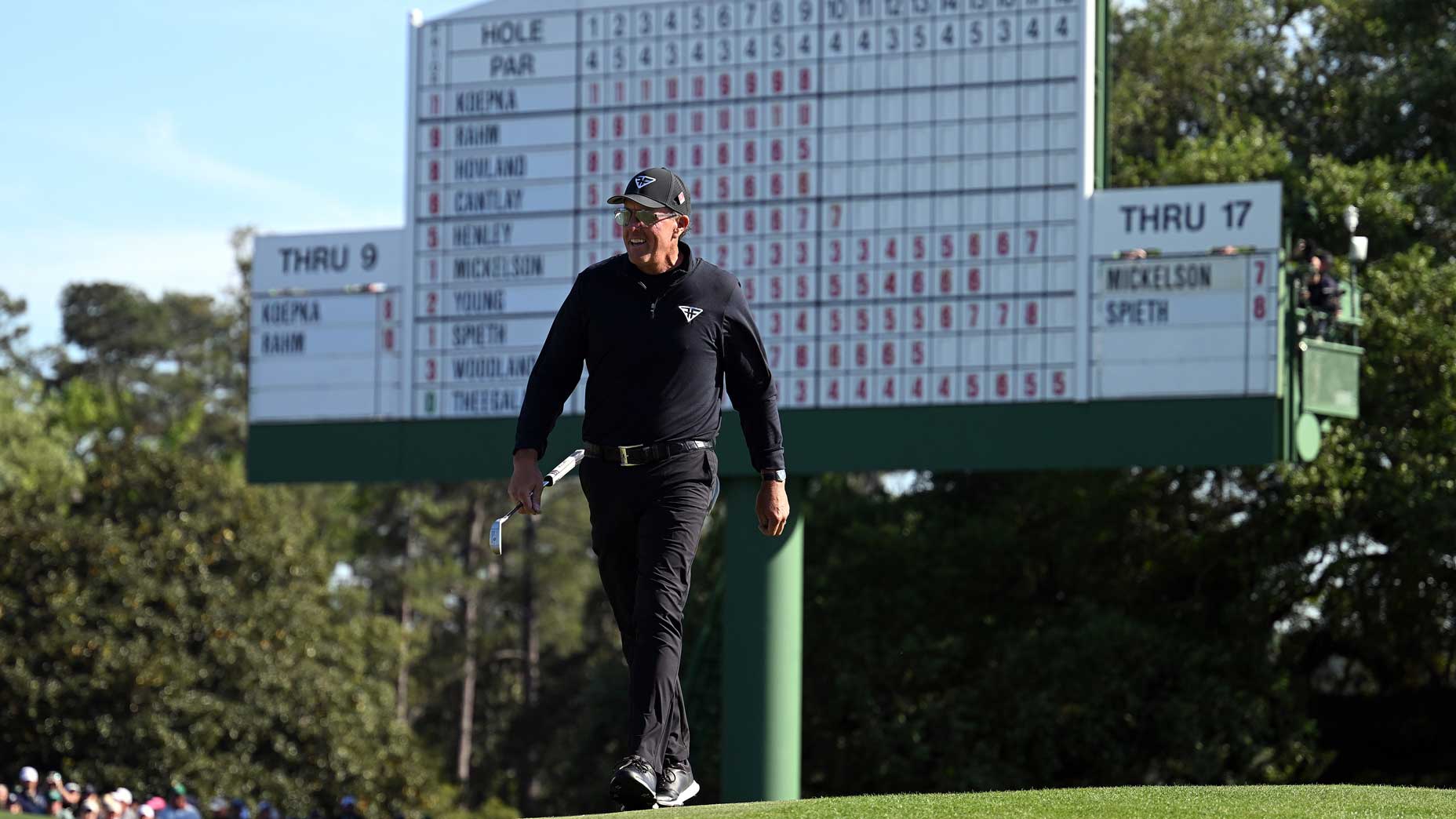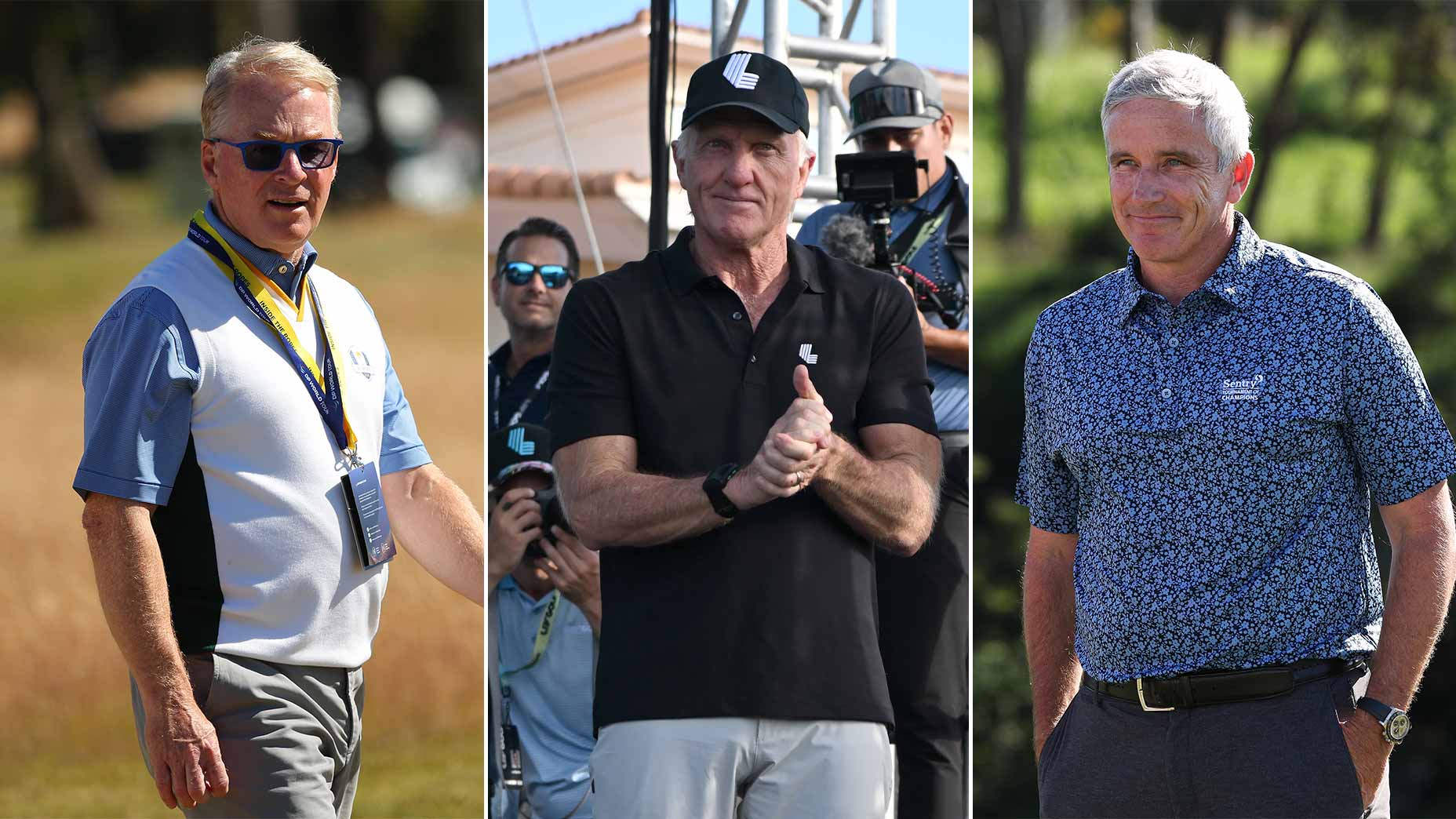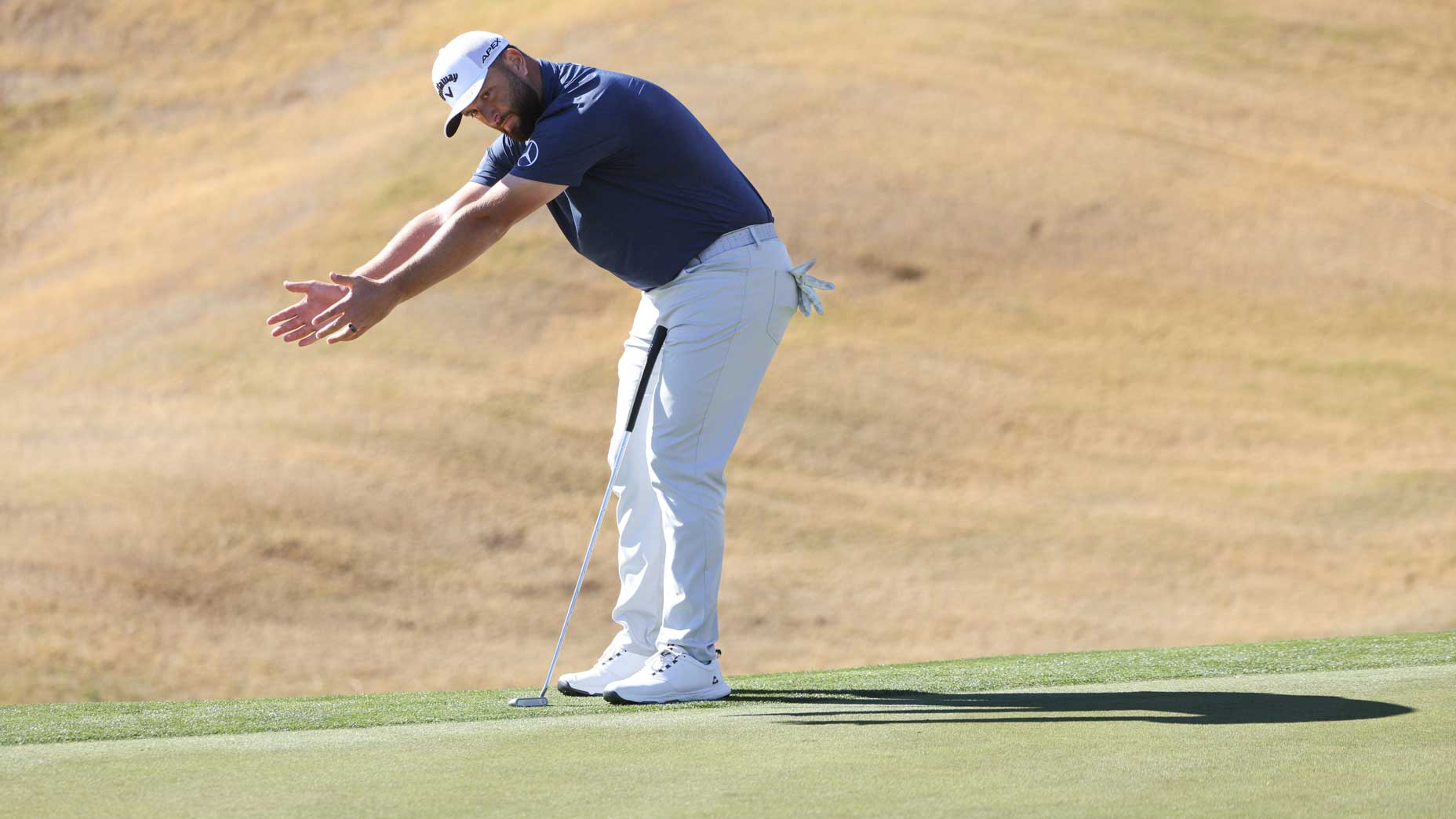There seem to be three groups of people in this golf world. Those who understand the OWGR, those who don’t and, finally, those who don’t care.
The first group is given high marks for their ability to conceive strength of field as the analytics folks understand it (read: it’s harder to beat a lot of really good players than it is to beat a couple dozen elite pros). The third group is given freedom to roam wherever they please. It’s the middle group — those who can’t quite understand why the OWGR was modified — that are problematic. Among their constituents: Jon Rahm, Padraig Harrington, Peter Kostis and others.
This group of critics is way too focused on the temporary. The Right Now. They obsess over this week’s points compared to the same week a year ago and refuse to acknowledge that a run like Rahm’s, this early in the new modeling, was always going to make the system look feeble. They’re seemingly unaware that exercising some patience might make them look smarter, and not so jaded. Rahm will be No. 1 in the world by the time March rolls around, assuming he doesn’t topple off one of the cliffs at Torrey Pines.
The OWGR was updated not to strengthen the PGA Tour’s stranglehold on the best players in the world but rather to acknowledge it. Tens of thousands of intersections of top players playing across the globe proved that the middle-tier PGA Tour player was on average logging better performances than mid-tier players anywhere else. It wasn’t any single player doing this from the PGA Tour. It was the lot of them — FedEx Cup Nos. 70-100 — showing out year over year in a better way than their equivalents elsewhere. And so the OWGR needed to tighten its strings to properly reward those performances (in part by not rewarding similar performances on other tours.) If the OWGR’s minders could do anything differently, they likely would have launched the new system in March, when there aren’t as many limited-field events for Rahm to win.
What Tiger Woods, Jon Rahm and others have wrong about the OWGRBy: Sean Zak
But since the golf-talking populace is predisposed to care about rankings (and listen when a player like Rahm pops off about them), there’s an unintended construct that fans should embrace: the Yeah, But. We see it across all sports. Yeah, but Aaron Rodgers makes throws no one else can. Yeah, but Mike Trout doesn’t have a World Series ring. Yeah, but does any hooper even compare to Dame Lillard right now? No, absolutely not, Mr. Dame says. Rahm feels the same way about his golf game. Yeah, but Rory’s ahead of him!
That’s fine. Golf fans should embrace the Yeah, But. Pro golfers, too. Rahm is ranked No. 3 right now. Yeah, but he’s won four times in his last six starts! Yeah, but he beat limited fields in two of those wins! Yeah, but his adjusted strokes gained rating is nearly as high as Rory’s has ever been! Yeah, but…maybe No. 1 was never supposed to be a weekly talking point.
From its inception, the ranking has always pulled from multiple years of tournaments. No. 1 has always been a two- or three-year achievement, earned over more than 100 weeks of golf. It’s more like a special tassel at graduation for the valedictorian than whoever managed that semester’s best GPA.
As fans — and humans — we love that top number. But just listen to the players who have closed in on making it happen. Many who achieve it are thrilled, but often say it doesn’t change anything (Scottie Scheffler said so last April). They admit it’s a token of the work they’ve done but means nothing about what’s coming next. Adam Scott said after he reached No. 1 he subconsciously took his foot off the gas. Phil Mickelson, who never reached the top spot, naturally believed performances in the four (very different) major championships were a better indicator of your ultimate ability.
In 2017, as he tried to ascend to No. 1 for an eighth time, McIlroy admitted that obsessing over it isn’t necessarily productive. “For a lot of guys, it’s an ego thing,” he said. “It’s nice to be in that position. It’s not as if I earn more money because I’m No. 1. It’s nice to be able to say you’re the best in the world at what you do. The world rankings are a byproduct of how you play week in and week out.”
‘It’s a flawed system’: Tiger Woods criticizes Official World Golf RankingBy: Alan Bastable
It has taken a few months of less-than-glowing OWGR headlines for fans to realize that the ranking matters MORE to players ranked around 50th, or 60th, or 200th. And that’s exactly what the OWGR set out to improve. It needed to become more fair to the players whose annual schedule actually depends on their ranks: “bubble” players who can gain access to the World Golf Championships and majors and begin a Scheffler-esque climb.
With a little patience, golf fans are bound to actually appreciate the world ranking by the end of 2023. We’ll have worked our way through 20 designated events, where the best players in the world decide who is No. 1 by sheer strokes alone. Bag a win or two and you won’t have to worry about ranking points. But finish top 5 in five of them and the money list will speak for itself, too.
If anything, these ranking squabbles will make golf even more like other sports, where we rely on many inputs to understand a player’s value to a franchise, or their abilities compared to one another. The debate should send golf fans to resources like DataGolf, whose ranking includes LIV Golfers — our seemingly forgotten men. The Yeah, Buts for LIV Golf fans run rampant across social media, but they get turned on their side when DataGolf reminds them that poor Cam Smith actually hasn’t been that great since he left the PGA Tour. (He’s ranked 4th in the OWGR and 17th in DataGolf’s ranking.) Or that Dustin Johnson, while still great, is not Rahm Great at the moment. DJ would have to stop playing softball and go win the Saudi International next week just to join the conversation.
Remember October 2019, when Brooks Koepka was asked about his budding rivalry with McIlroy? Koepka had won his fourth career major earlier that year, tying McIlroy’s total. Rory had won the Players Championship and two other titles. Koepka had finished top four at all the majors. McIlroy’s colleagues voted him in as Player of the Year.
Brooks responded with a definitive Yeah, But, citing the zero majors McIlroy had won since Koepka had joined the Tour.
“I’m not looking at anybody behind me,” he said. “I’m No. 1 in the world, I’ve got an open road ahead of me and I’m not looking in the rearview mirror, so I don’t see it as a rivalry.”
DataGolf ranked Koepka 9th at the time. McIlroy was ranked 1st. Yeah, but you know what? Rory still hasn’t won a major since.
The author welcomes your comments, concerns, and any other notes at sean.zak@golf.com.
